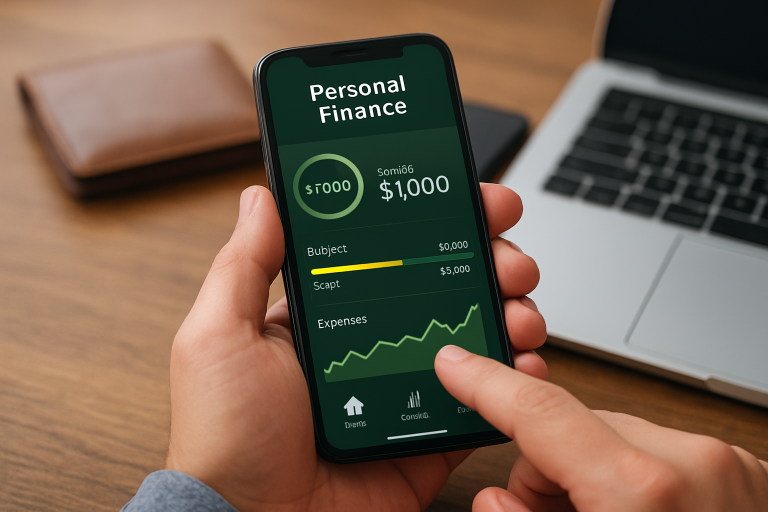
Building an emergency fund is one of the most important financial steps you can take — yet most people underestimate how much they truly need. Whether you’re just starting your savings journey or reassessing your financial safety net, this guide will walk you through exactly how much you should have in your emergency fund, and why it’s critical for long-term stability.
In a world of economic uncertainty, inflation, and job instability, having a strong emergency fund isn’t just a good idea — it’s a financial necessity.
An emergency fund is a savings account specifically set aside to cover unexpected expenses, such as medical bills, car repairs, job loss, or urgent home maintenance. It acts as a financial buffer that prevents you from going into debt when life takes a turn.
Without an emergency fund, even a minor crisis can lead to major financial setbacks — including debt, missed bills, or even bankruptcy.
The general rule of thumb is to save 3 to 6 months’ worth of essential living expenses. However, this number can vary depending on your lifestyle, dependents, job security, and overall financial health.
Example: If your essential monthly expenses are $2,500
- 3 months = $7,500
- 6 months = $15,000
If you’re a freelancer, small business owner, or have irregular income, aiming for 6–9 months is recommended.
While 3–6 months is a general guideline, your personal circumstances play a big role in determining the ideal amount for you.
Tailoring your emergency fund ensures you’re not underprepared — or locking away more cash than necessary.
Your emergency fund should be accessible but not too accessible. You want to avoid temptation to use it for non-emergencies while ensuring you can get to it quickly when needed.
Keeping your emergency fund in a separate account from your daily checking account can help reinforce discipline.
If you don’t have an emergency fund yet, don’t panic — it’s never too late to start. What matters most is consistency, even if your contributions are small.
Saving even $10–$25 per week adds up quickly and builds positive financial habits.
Your emergency fund is not for vacations, shopping sprees, or spontaneous upgrades. It should be used strictly for true emergencies.
Having a clear personal definition of “emergency” prevents misuse and keeps your fund available when it matters most.
Life is unpredictable. You can’t control when you’ll face a crisis — but you can control how prepared you are. A well-funded emergency account gives you the confidence, freedom, and resilience to weather any storm without derailing your financial goals.
Whether you’re just starting with $500 or aiming for a full 6-month cushion, the key is to start now and keep building. The peace of mind you’ll gain is priceless.